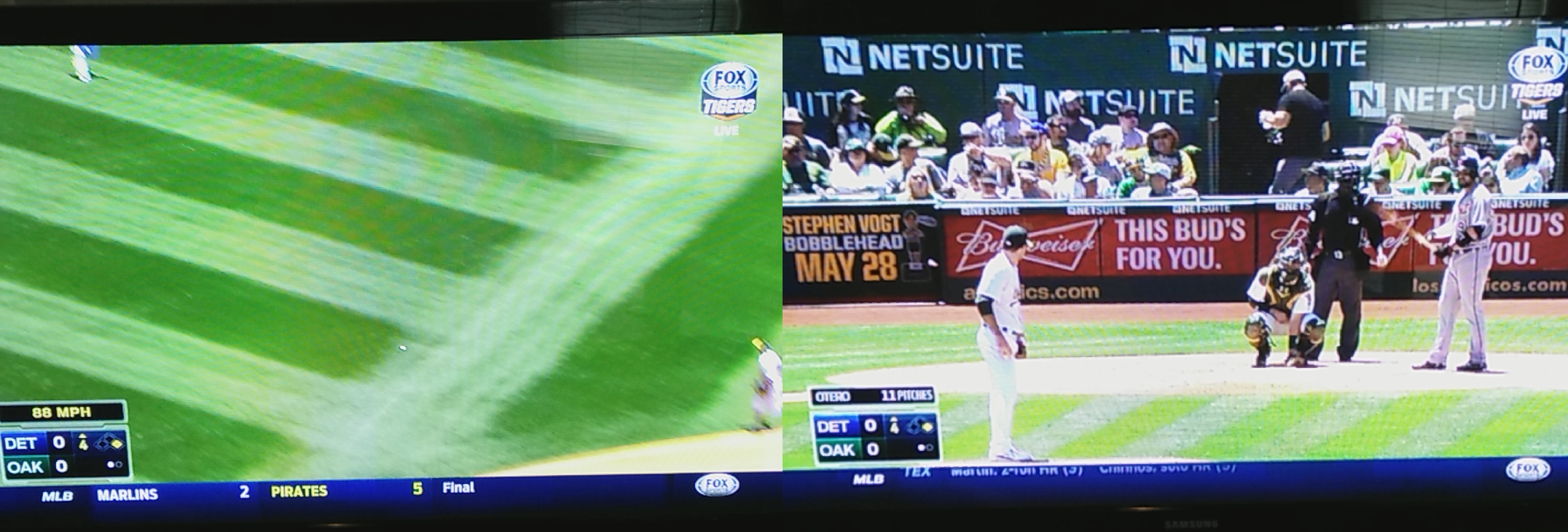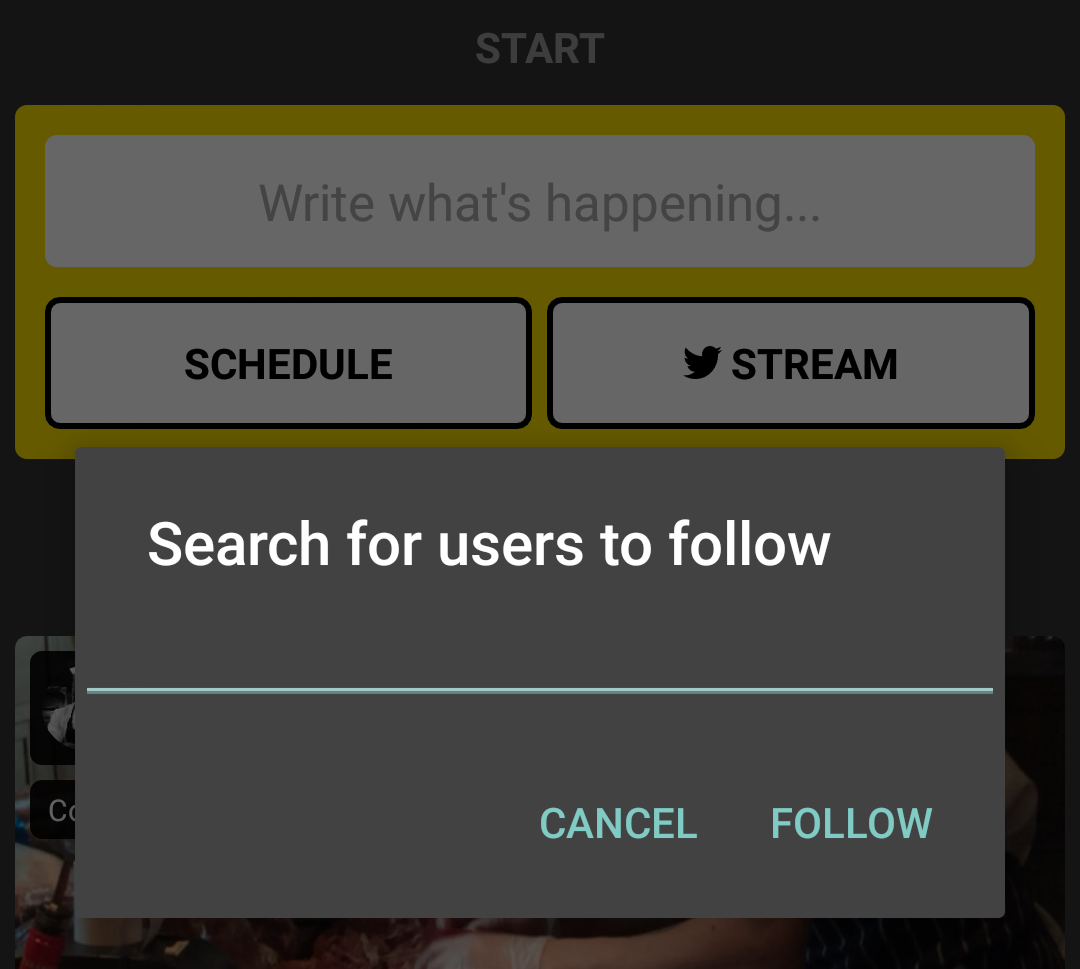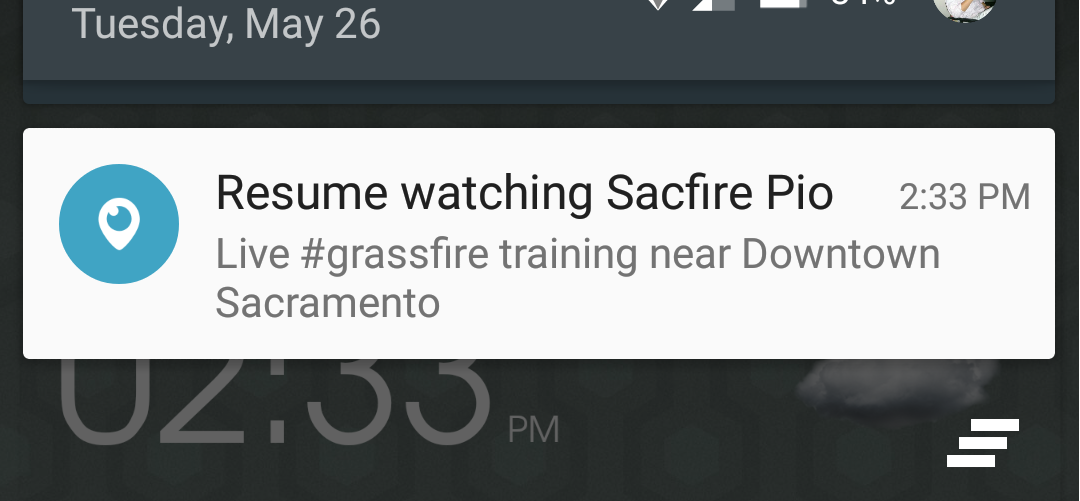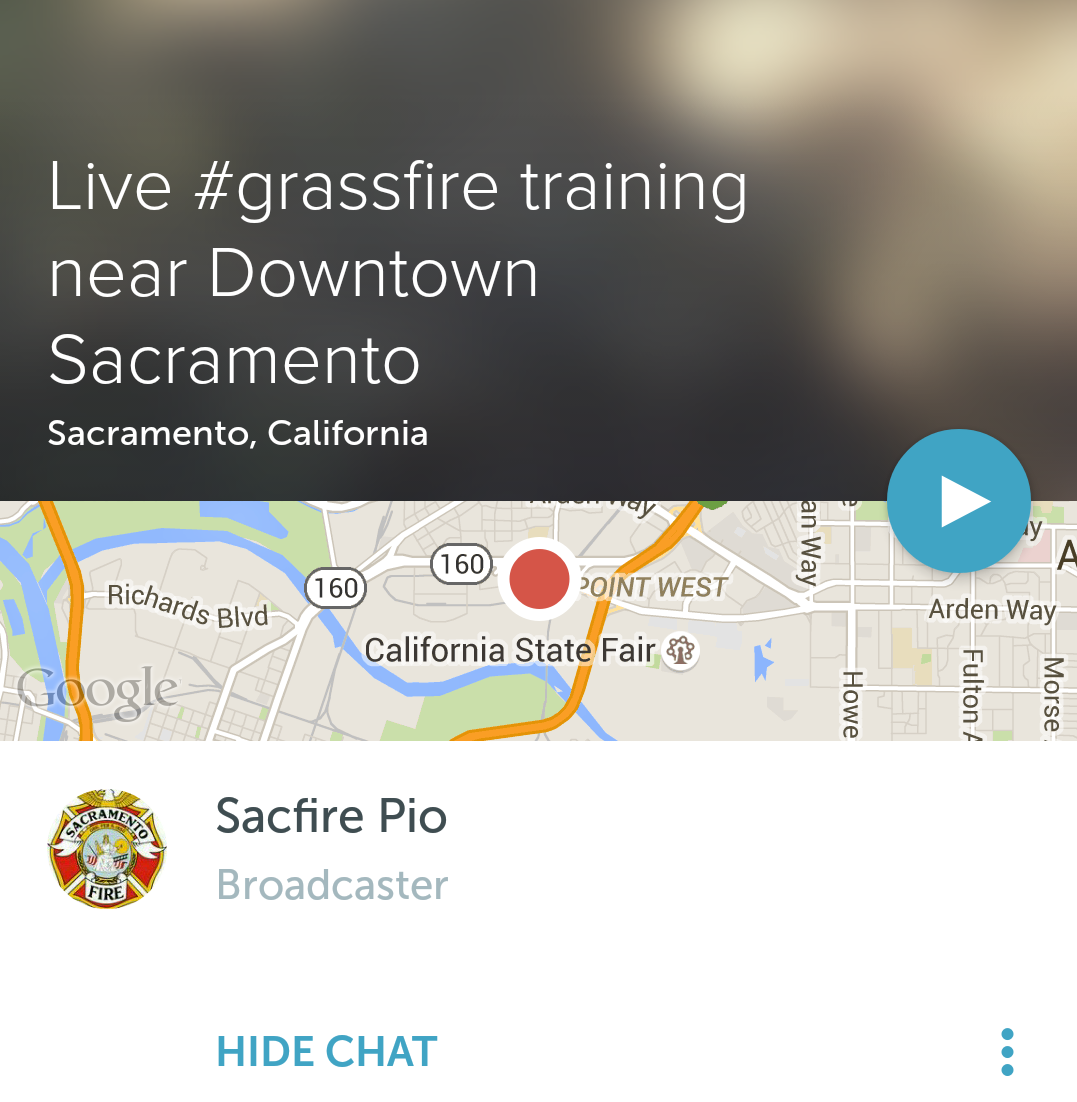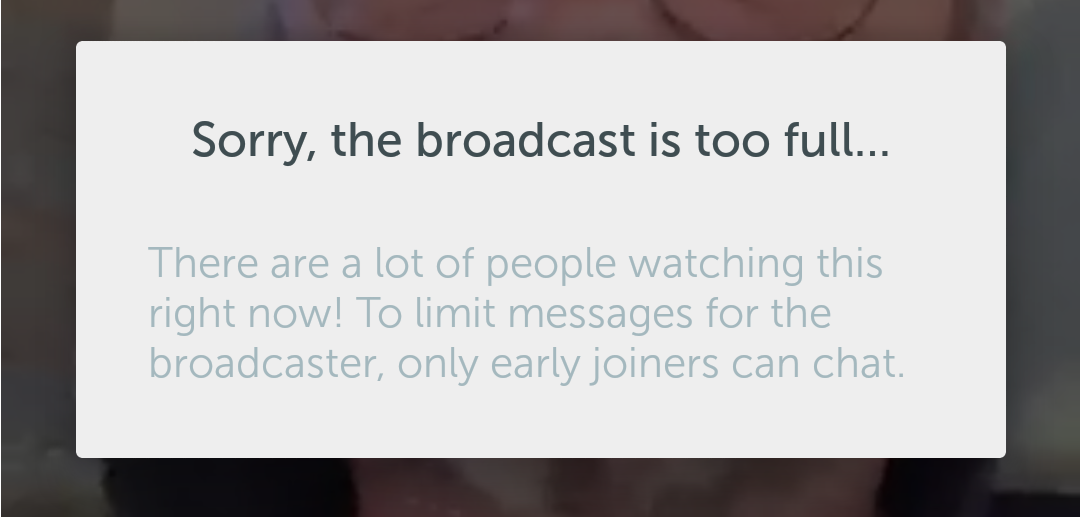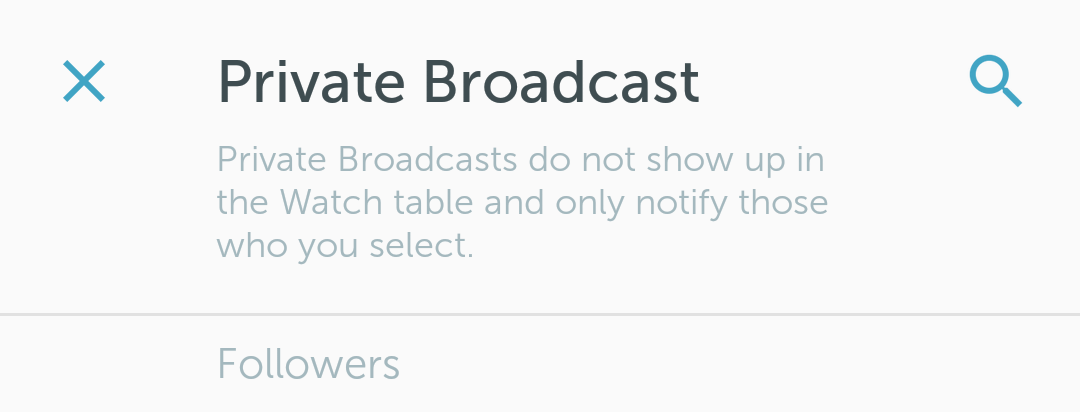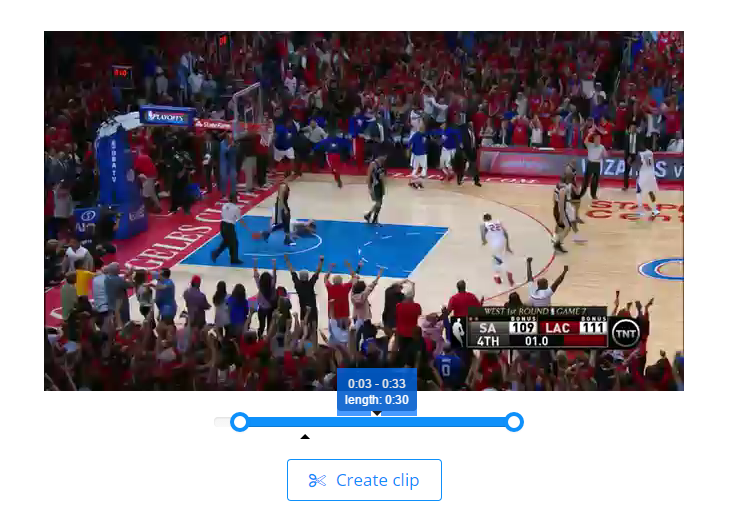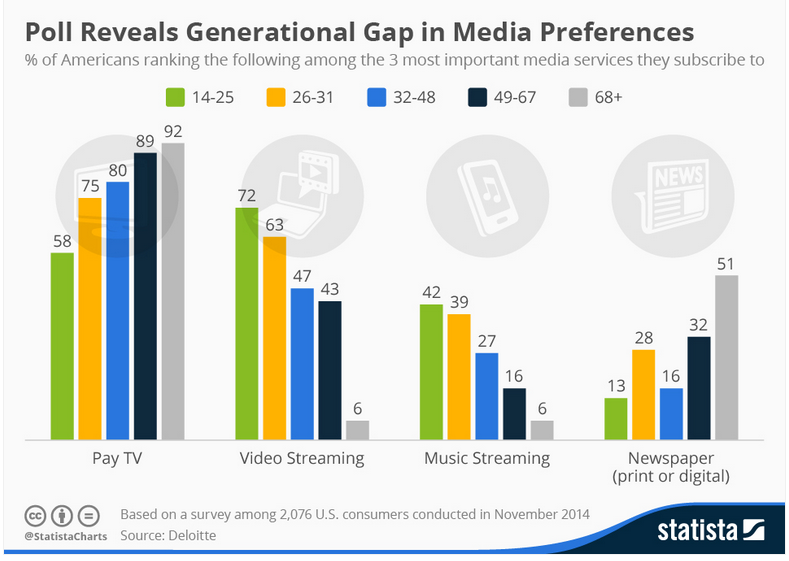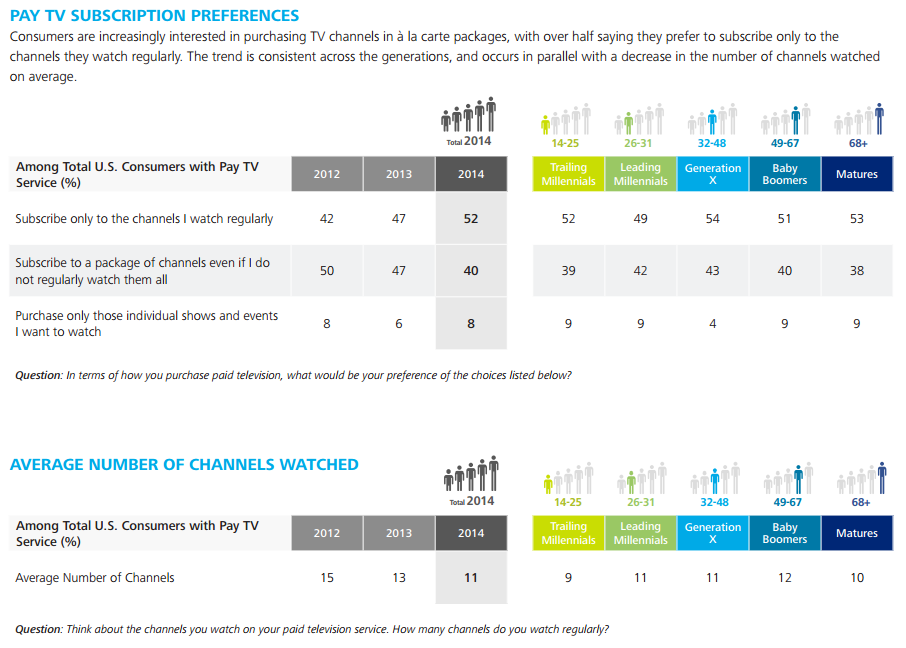Blackout Policies and Their Consequences
Few topics are so regularly discussed among my baseball circle of friends and colleagues as local blackout policies. While I am certainly biased in that I watch and talk baseball more than any other sport, I — among plenty of others — have found numerous flaws in MLB’s way of blocking local fans from their favorite teams. By no means is baseball’s governing body alone in limited television access for regional fans, as the NFL, NHL and MLS have a blackout policy of some sort in place, however given the sheer number of MLB games played each season, more baseball games are blacked out than the other sports combined.
To be fair, the NFL did lift local blackouts for the upcoming 2015 season, however as the linked article notes, zero games were blacked out in 2014. NFL games are only subject to local TV blackouts if the game isn’t sold out 72 hours before kickoff rather than the constantly blocked games in other sports. Professional hockey has seen its share of blackouts in TV, though a recent development for the Tampa Bay Lightning may be expanding the definition of “local blackout.”
Via CSN Chicago (warning: auto-playing video), Tampa is following in the footsteps of St. Louis and Nashville hockey teams in making it difficult for visiting (read: Chicago) fans to see the game in the stadium. The policy also affects actual Lightning fans living in other states. If fans have the time and the means to follow their favorite team from another state, tickets may not be available for them. A screenshot directly from the Lightning Ticketmaster describes the situation:
 Building a home field advantage or looking for any competitive edge is all well and good, but at what point is a line drawn? How far will fans go to avoid the blackout issues, both on TV and in-person? Going back to baseball, there are massive numbers of people who can’t watch games based on their geographic location. One of my friends was recently accepted to graduate school at Iowa State University, located in Ames, Iowa. The sole downside for him thus far, other than the workload, has been being subjected to blackouts for his favorite team — the St. Louis Cardinals. According to Google Maps, Ames is nearly 370 miles away from Busch Stadium, yet he is still blocked off from their games. Running the Ames 50010 zip code through the MLB blackout finder, the Cardinals aren’t the only team subjected to broadcast issues. Both clubs in Chicago, the Twins, Brewers and Royals are blacked out for him. Even if he were a more broad baseball fan without ties to a specific team, his location alone blocks him off from 20 percent of MLB teams.
Building a home field advantage or looking for any competitive edge is all well and good, but at what point is a line drawn? How far will fans go to avoid the blackout issues, both on TV and in-person? Going back to baseball, there are massive numbers of people who can’t watch games based on their geographic location. One of my friends was recently accepted to graduate school at Iowa State University, located in Ames, Iowa. The sole downside for him thus far, other than the workload, has been being subjected to blackouts for his favorite team — the St. Louis Cardinals. According to Google Maps, Ames is nearly 370 miles away from Busch Stadium, yet he is still blocked off from their games. Running the Ames 50010 zip code through the MLB blackout finder, the Cardinals aren’t the only team subjected to broadcast issues. Both clubs in Chicago, the Twins, Brewers and Royals are blacked out for him. Even if he were a more broad baseball fan without ties to a specific team, his location alone blocks him off from 20 percent of MLB teams.
The lengths organized sports are going to block off fans from games has only been surpassed by those same fans looking for a way to circumvent the blackouts. Last week a free and popular virtual private network (VPN) came under criticism not from any league or association, but its own userbase. The Chrome and Firefox extension Hola! or Hola! Better Internet was denounced as a potential botnet to be used for malicious attacks on websites, to which they responded to Monday. Danger comes in the form of Hola! using other people’s idle bandwidth — and vice-versa — in order to circumvent geo-blocked content. By granting access to your Internet connection, it can be taken over and re-routed, potentially as part of a DDoS attack on a site or IP address. Be it accessing Canada’s or Australia’s Netflix or someone over there accessing the United States selection of TV and shows, Hola! provided a free and easy way to get around geographically-blocked content. Despite it no longer being available in the Chrome Store, the extension is still downloadable straight from the company’s site. I’d urge caution before a download of Hola! is considered, as the recent allegations have once again shown there is no such thing as a free lunch.
According to the Hola website over 47 million people have downloaded the extension to enhance their web browsing, despite the clear risks involved. That such a number of people would be willing to risk their idle connection in order to open the Internet for their browsing or entertainment needs shows the measure of their resolve. Whether companies like Netflix and HBO or leagues such as MLB or NHL open up their blackout restriction policies on their own accord may not matter. As long as people have a workaround — questionable or not — the market will find a way to access the desired content.
